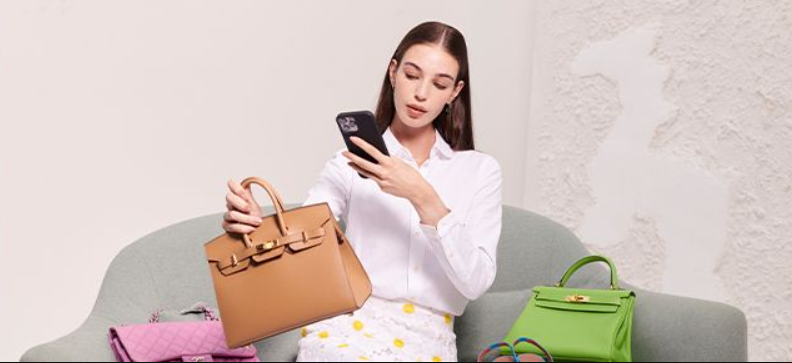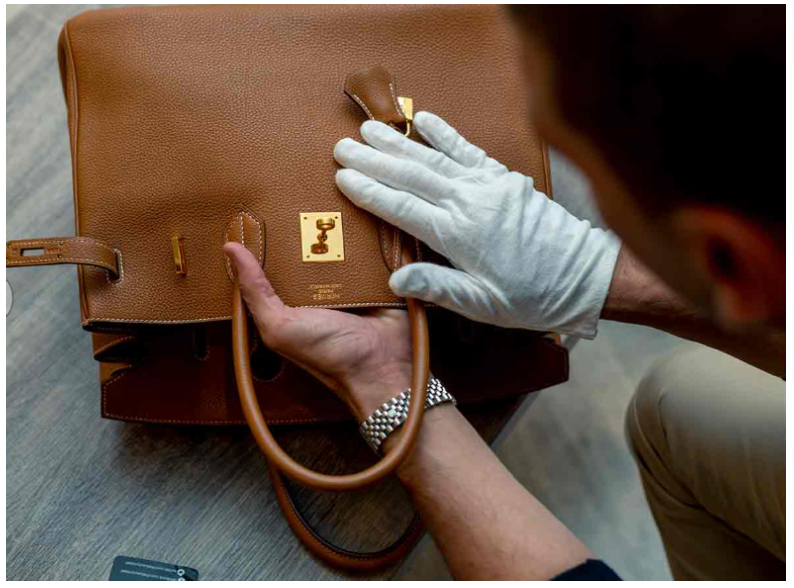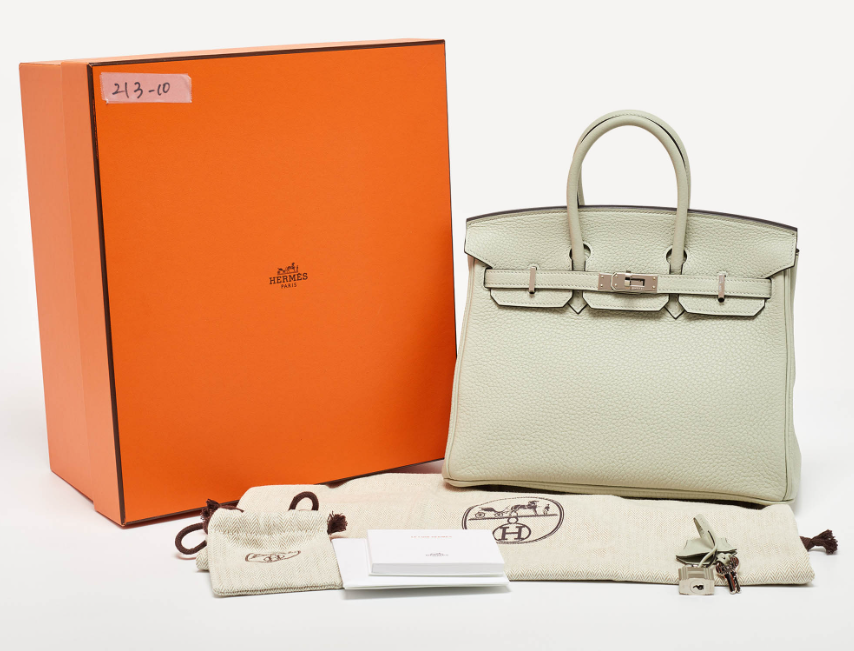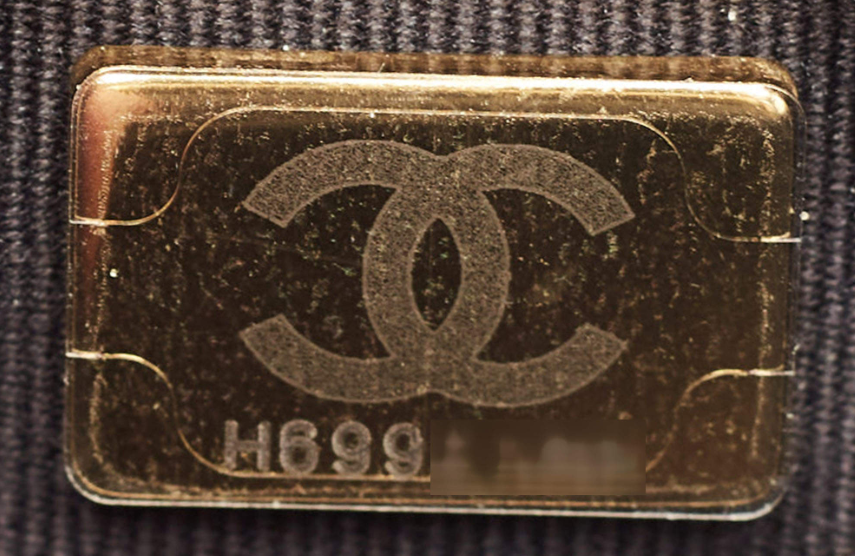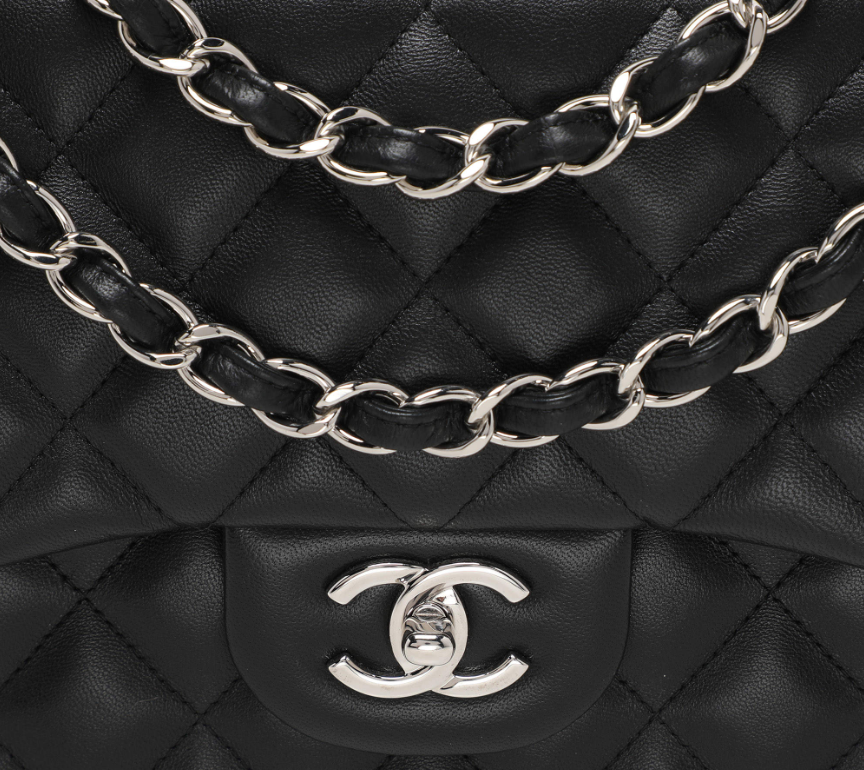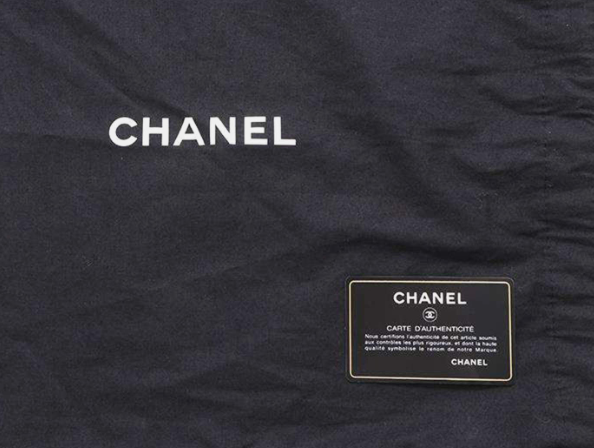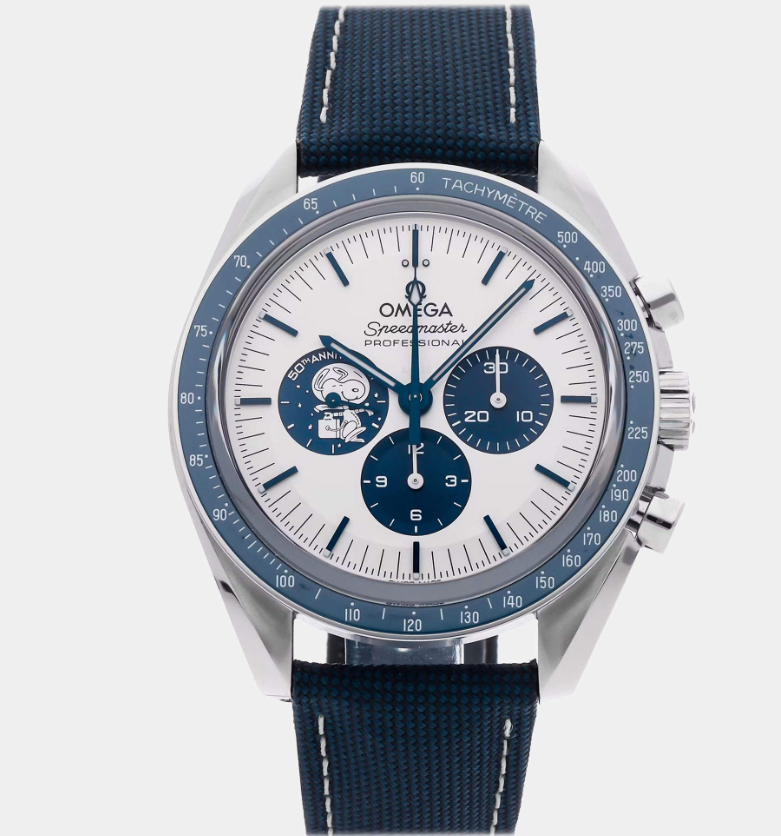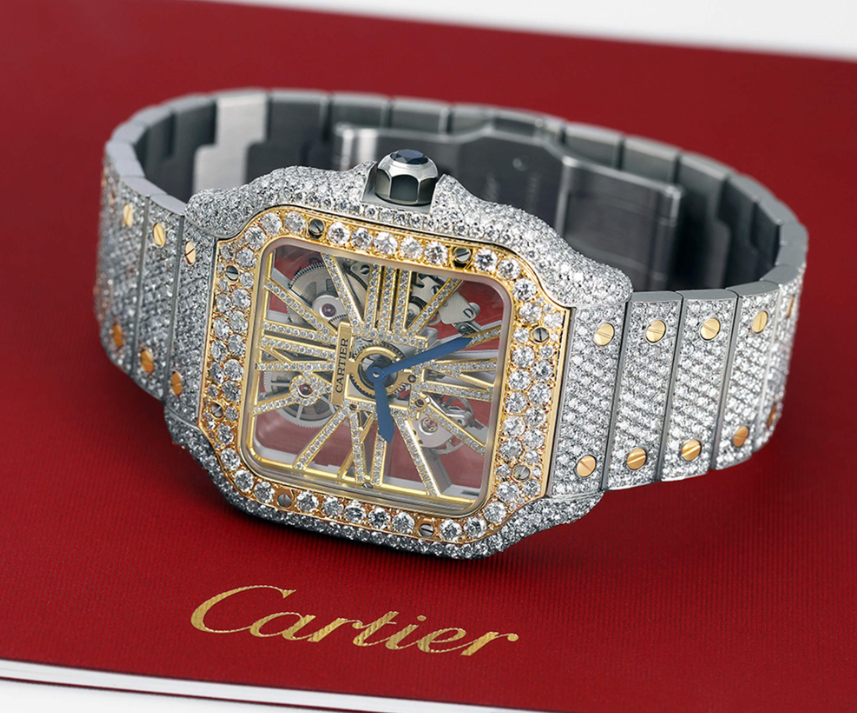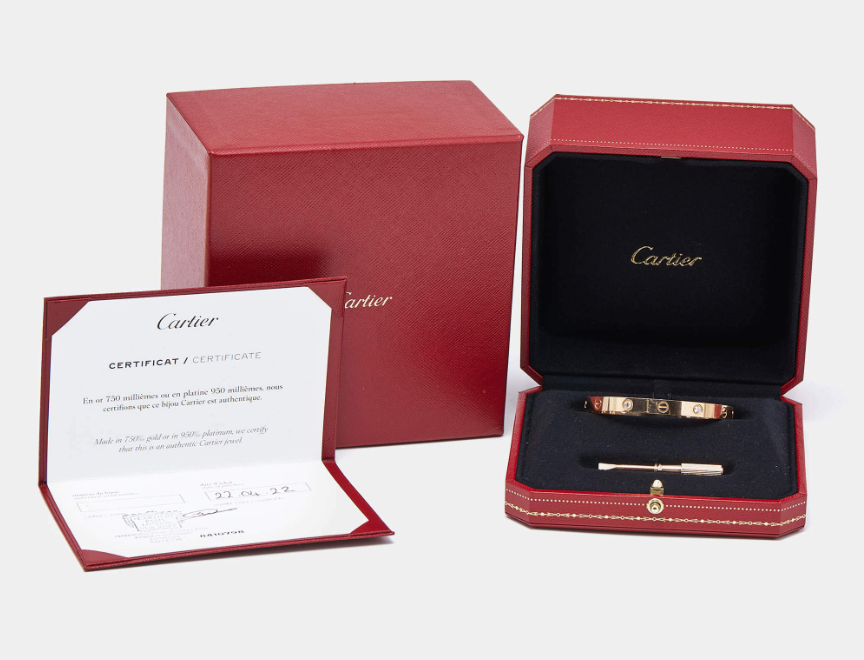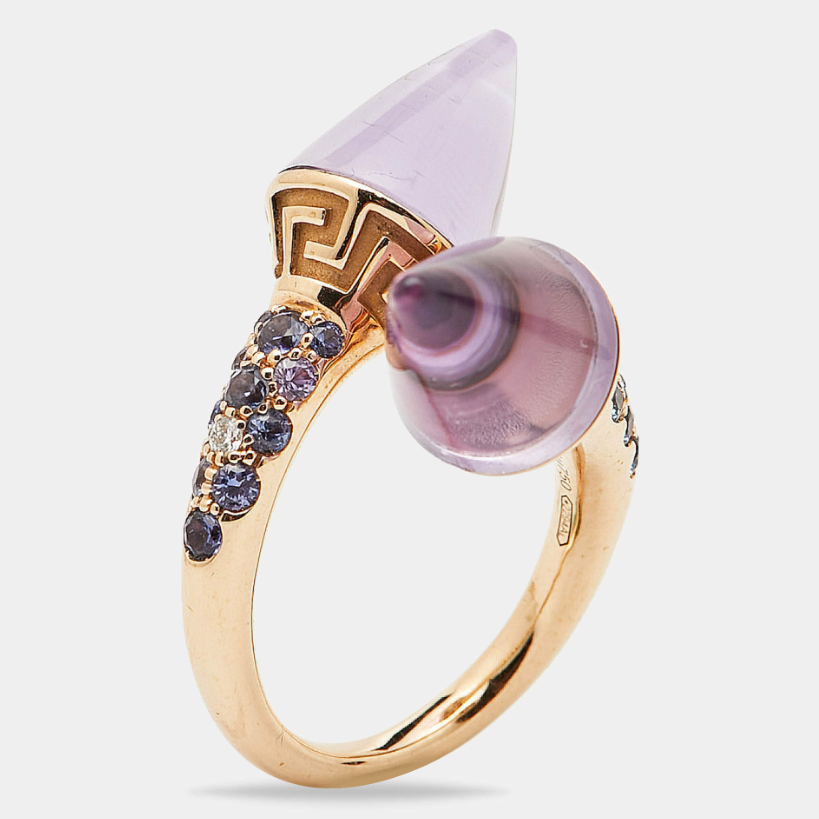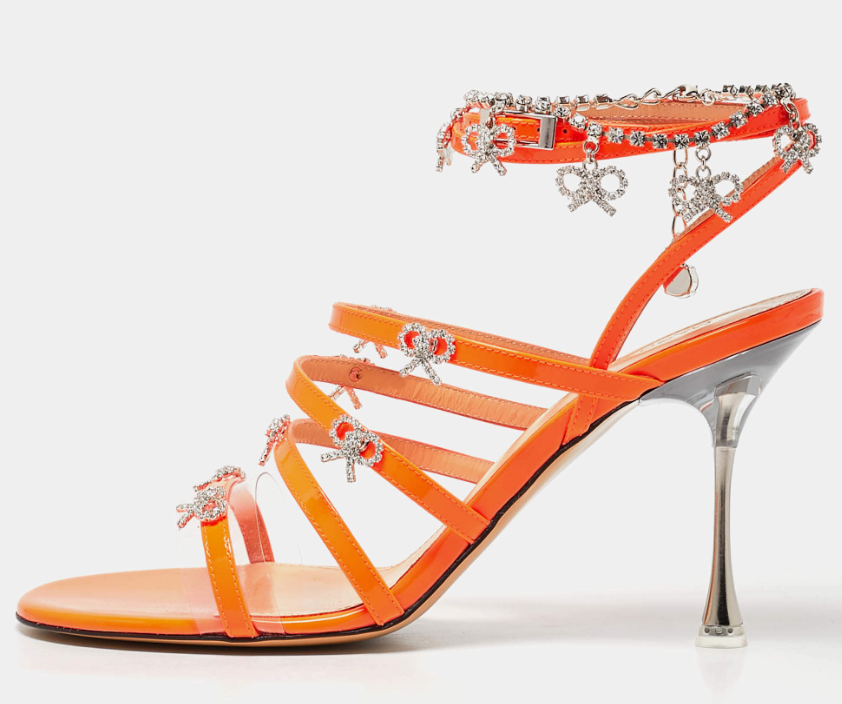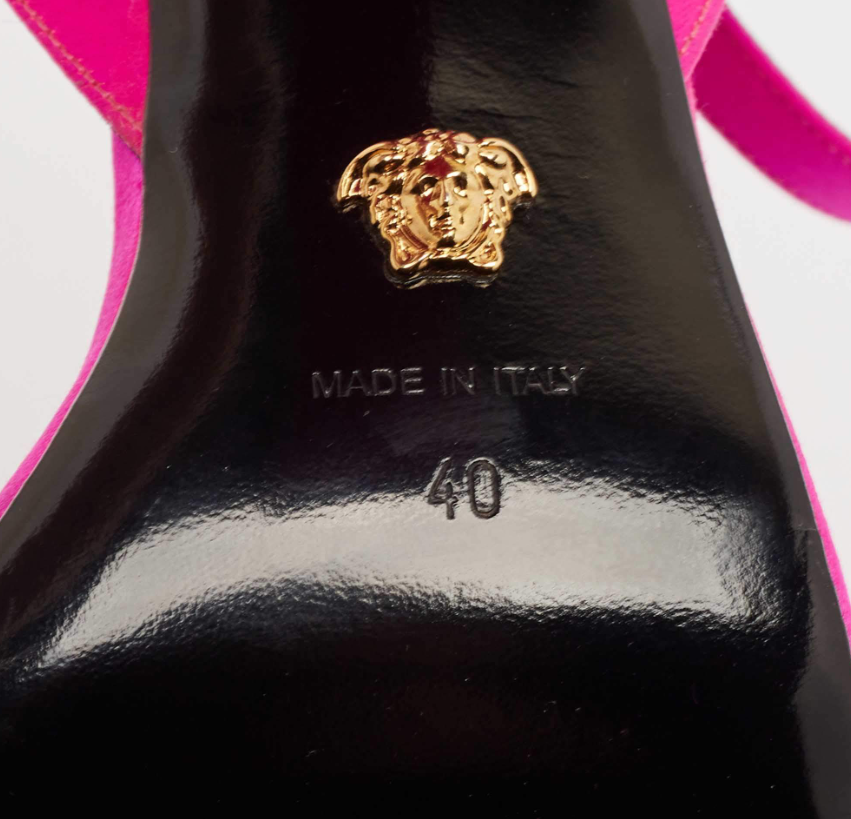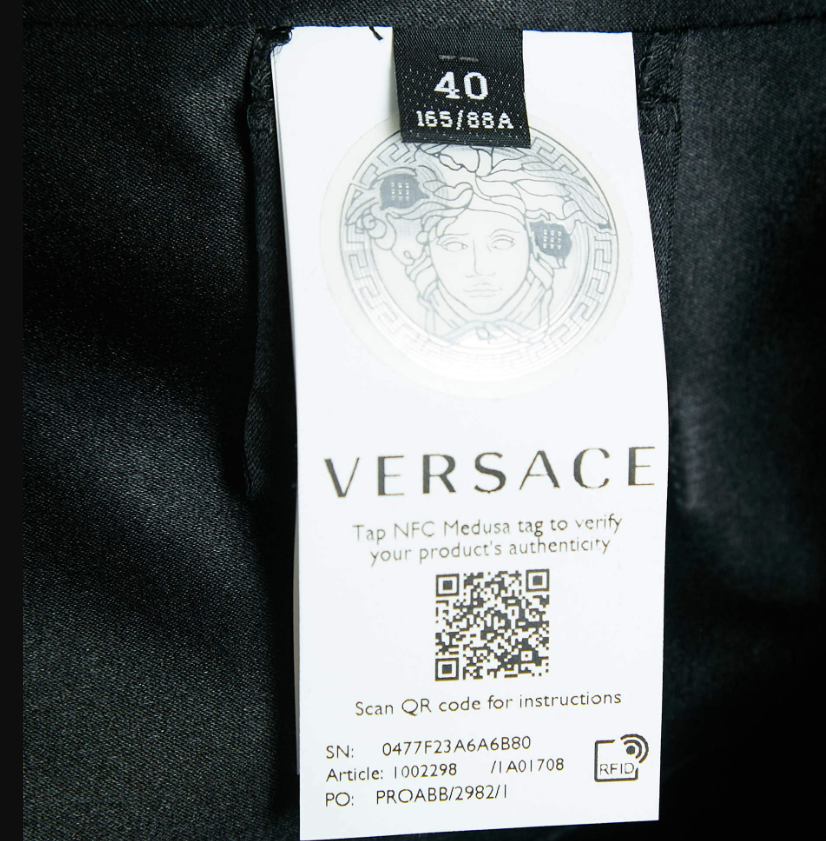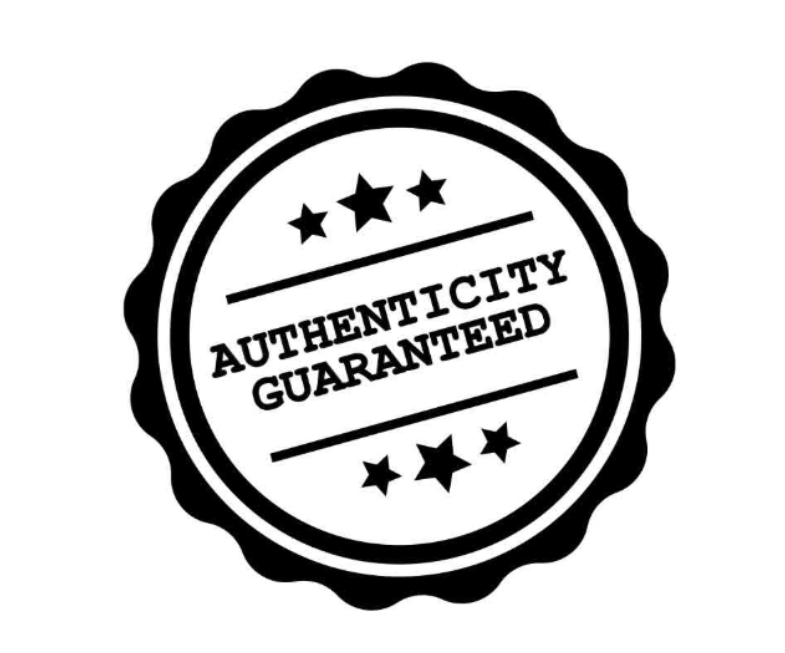Luxury comes with a price—and today, it also comes with purpose. More than ever, consumers are ditching knockoffs and flash sales for something smarter and more practical: investing in authentic, pre-owned luxury. And the numbers don’t lie. According to studies (source: Statista), the global secondhand luxury market hit $7.1 billion in 2022 and surged past $10 billion in 2023. With consumer trust and authentication standards improving, the market is expected to steadily rise 3% annually through 2028.
That kind of growth doesn’t just highlight demand but the critical and consistent need for authenticity. In this landscape of elevated resale value, buying fake isn’t just embarrassing—it’s expensive.
The Emotional Reality of Buying Pre-Loved Luxury
You’ve had your heart set on that one luxury handbag for months. But buying it brand new? Not in the budget. So, like a savvy shopper, you turn to the pre-loved market—carefully comparing listings, scanning reviews, and hunting for that unicorn deal.
Then, finally—click. Purchase complete. The box arrives. The bag is stunning.
Until a friend casually remarks, “Wait… is that real?”
Cue panic, doubt, and a sinking feeling in your gut. Just like that, it’s no longer about style. It’s about authenticity.
When Fakes Enter the Investment Market
Today, luxury isn’t a splurge for many buyers—it’s a strategy. From Hermès Birkins to Cartier bracelets and Patek Philippe watches, luxury goods are now treated like assets. Some even outperform gold and stocks in long-term value.
But here’s the catch: the value holds if and only if the item is genuine.
If it’s fake, its resale price will drop to zero, along with your credibility and trust in the platform.
Counterfeits don’t just hurt your wallet. They can:
- Tank your investment portfolio
- Damage your reputation as a buyer or reseller.
- Trigger legal complications across borders.
- Lead to gifting—or unknowingly receiving—fakes.
Whether it’s a Chanel tweed jacket or a rare pair of Dior Jordans, authentication isn’t a bonus. It’s the baseline.
Why Authentication is Essential in Luxury Resale
Authentication is the safety net on both sides of the resale transaction.
- For Buyers: It guarantees you’re getting the real thing—a genuine luxury item with real value, not a near-perfect fake with zero resale potential. It saves you embarrassment and disappointment.
- For Sellers: It builds trust, prevents returns and disputes, and enhances your reputation as an authentic luxury reseller. It solidifies your credibility in the pre-owned luxury domain.
In short, it’s the difference between a smart investment and an expensive mistake.
But is General Authentication Enough in the Age of Superfakes?
According to data available (source: Supply Chain Resource Cooperative), the counterfeit industry surged to $3 trillion in 2022 from $1 trillion in 2013—and it’s evolving fast. Even ultra-luxury giants like Hermès, Cartier, and Rolex aren’t immune. Many buyers now Google “how to spot a fake [brand]” before they even start browsing. That’s how real the risk is.
Forget blurry logos and off-color stitching. Today’s “superfakes” are so advanced they fool boutique staff, seasoned collectors, and even some brand experts. These ultra-convincing counterfeits often:
- Use genuine materials—real leather, real gold plating, and authentic-feel metals.
- Recreate serial numbers, holograms, and branded packaging.
- Pass visual inspection without raising suspicion
- Are sometimes produced in the same regions—or factories—as the originals
Luxury goods are more than beautiful—they’re valuable assets. But in a market flooded with convincing counterfeits and “superfakes,” buying secondhand can feel risky. Without expert verification, even seasoned shoppers can be duped.
That’s Why Rigorous Authentication Matters
As “superfakes” are getting smarter, verification needs to get sharper. Visual inspection isn’t enough. You need authenticators trained to spot what others miss—under UV light, magnification, and through deep knowledge of brand evolution. While the industry has adopted strong authentication protocols, The Luxury Closet sets a new benchmark—blending human expertise with cutting-edge tech, ensuring every item sold here is the most genuine deal. Because in a market that thrives on trust, there’s no room for “almost real.”
Before entering our inventory, every item undergoes a category-specific, multi-checkpoint process. Nothing slips through, whether it’s a Chanel Classic Flap or a Rolex Submariner.
From Industry Standards to TLC’s Gold Standard
Welcome to a behind-the-scenes look at how we authenticate every item—meticulously, expertly, and without compromise. We have an in-house team of experts who are highly trained to verify the authenticity and condition of each luxury product. Every category and item has a unique evaluation process and assessment criteria. When a seller offers a luxury piece to be sold, the following rigorous steps ensure whether it is absolutely genuine as claimed.
Step # 1: Initial Review
Examining high-resolution images of the product from different angles is the first step towards marking its authenticity. Our examiners assess the specific brand details such as hardware, logos, fasteners, interiors, and stitching patterns {for a handbag or a pair of shoes) and the overall condition for a detailed first impression.
Next, our experts inspect the product by touching, feeling, and lifting it. They need to physically examine the craftsmanship and intricate details of logos, hardware, and material. Real gold has heft, real leather has a scent, and real quality can’t be faked. A Rolex diamond 18k gold watch will be heavier than a fake metal alloy one.
Step # 2: Brand-Specific Evaluation
Our top authenticators are specialists trained in the nuances of individual fashion houses. Each brand has its own language of authenticity—Louis Vuitton’s date codes, Chanel’s serial stickers, Hermès blind stamps—and our experts speak it fluently. Knowing that Chanel switched serial stickers in 2021, Rolex uses micro-etched crowns in specific models, or Louis Vuitton altered its font style in certain years helps catch even the most nuanced fakes.
Every code is cross-checked against brand databases to ensure accuracy. We check for brand, care, and composition labels and analyze engraved logos, zipper types, button embossments, screw placements, the color of the thread used in stitching, and even the exact number of stitches.
Step # 3: Product-Specific Assessment Criteria
Handbags
- Date Codes & Serial Numbers
Verified against known brand formats and timelines to ensure they align with brand-specific production details.
Scrutinized for engraving accuracy, logo placement, weight, and finishing. Real luxury hardware has a distinct feel—solid, smooth, and built to last.
Assessed for thread color, stitch count, placement precision, and symmetry. For quilted bags, we verify the exact stitch-per-box ratio and alignment throughout the body and handles.
Evaluated by touch, weight, scent, and visual accuracy. Leather grain, canvas texture, and even interior linings are matched against brand standards.
We inspect everything from zipper pulls and clasp types to stamping techniques and packaging elements like dust bags and care booklets.
Authenticity Cards and Information Booklet
Watches
Cross-referenced with manufacturer databases and timelines to verify production authenticity.
Tested for functionality and accuracy, especially in automatic and chronograph models.
Watch Movement
Genuine timepieces use high-grade materials; fakes often feel lighter and less refined.
Assessed under magnification for detail, placement, and engraving quality.
We inspect non-original parts, aftermarket modifications, or replaced components that compromise authenticity or value.
Amendments made by Seller
Jewelry
Verified for placement, style, and font accuracy.
Examined for quality, cut, color, and consistency using professional tools.
Tested for karat levels and composition to confirm whether it’s truly 18k, platinum, sterling silver, etc.
Prongs, polish, symmetry, and setting are all evaluated for luxury-level execution
Shoes
Placement, font consistency, and branding details are verified.
Tread patterns, glue marks, stitching, and weight are inspected.
Soles
We test the integrity and texture of leather, suede, or other materials against known originals.
Shoe boxes, dust bags, stuffing, and even tags are compared with authentic brand standards.
Apparel
Care, composition, and brand labels are checked for placement, stitching, and material.
Authentic garments have a unique texture and weight—cheap knockoffs don’t stand up to the touch test.
Examined for alignment, tension, and consistency across the garment.
Logos, embellishments, embroidery, and hardware are checked for quality and alignment.
What Sets The Luxury Closet Apart? Human Expertise With Cutting-Edge Tech
An In-House Team of Experts
Our authenticators are specially trained in the unique characteristics of top luxury houses. Many have backgrounds in luxury retail, watchmaking, or gemology and receive ongoing training to stay ahead of counterfeit trends.
Tech-Backed Precision
In addition to manual inspections, we leverage advanced imaging tools and AI-powered authentication support to identify microscopic inconsistencies and digitally cross-check product details.
Knowledge Library
Our authenticators have access to an internal knowledge base—a living database of past fakes, verified serials, and brand changes—which gives them the upper hand in identifying even the most convincing counterfeits.
Our Lifetime Authenticity Guarantee
When you shop at The Luxury Closet, you’re protected by our lifetime authenticity guarantee. If a product sold by us is ever proven to be counterfeit, we will issue a full refund or return, no questions asked. That’s our promise—and we stand by it.
What Happens to Counterfeits?
Any item that doesn’t pass our stringent tests is rejected outright. It’s either returned to the seller or flagged for destruction. We do not resell, repurpose, or recirculate counterfeit goods—ever.
Coming Soon: The Authentication Hub
To make our expertise more accessible, we’re building a dedicated Authentication Hub—your go-to destination for:
- Brand-specific guides (e.g., “How to Authenticate”)
- Interviews with our in-house authenticators
- Terminology explainers (what is a blind stamp, anyway?)
- Tips for buying authentic pre-owned luxury with confidence
- Guide to becoming an authenticator
Stay tuned—it’s more than content. It’s peace of mind.
Shop Smarter, Shop Authenticated
The luxury landscape is overflowing with counterfeits and “superfakes.” Buying pre-owned luxury might feel like a gamble. But not at The Luxury Closet! We vouch for true-blue authenticity in all our pre-owned products—because you deserve to own luxury that’s not just beautiful but genuine.
With The Luxury Closet’s rigorous authentication process, you can rest easy knowing that your dream bag, watch, or sneakers are 100% verified, guaranteed for life, and always the real deal.
Looking for authentic luxury, you can trust? Start shopping now.


